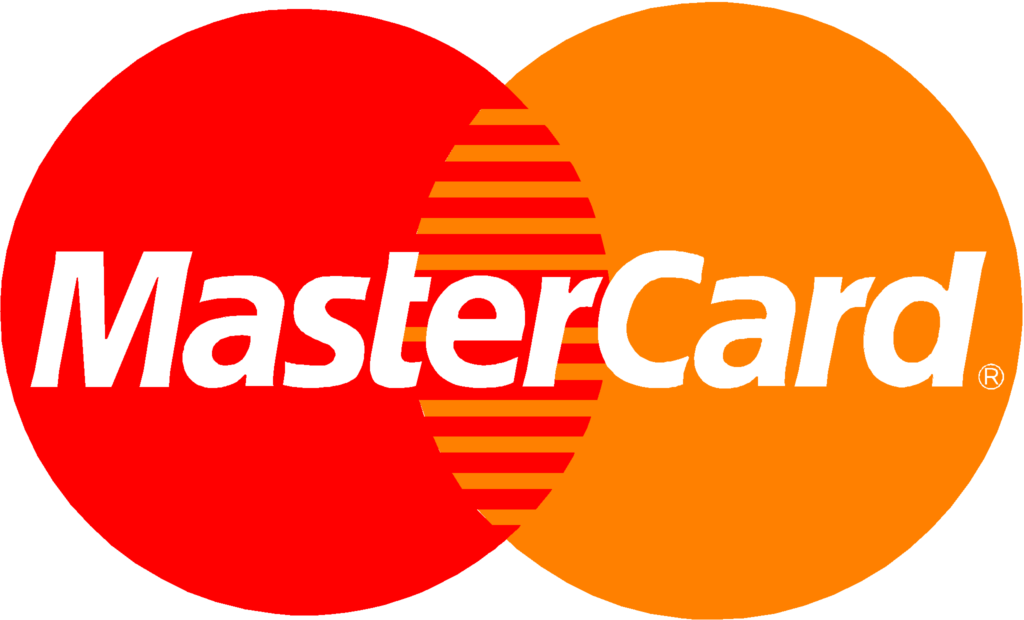If you are looking for a “technical and scientific” explanation of how the Google search engine works, I must immediately inform you that you won’t find it in this article.
What I want to share here is instead the result of my experience, and certainly also of the studies I have done, but I am not a professional in numbers and statistics. Unfortunately, I don’t have a mathematical aptitude and I am always fascinated by those who know how to do calculations, put together formulas, create reports and strategies, certainly very useful and effective. But I also understood that there is another way, more congenial to me, to bring a site to the top positions on Google, and that is to create quality sites.
Do you know why, since the beginning of the Internet in the nineties, Google has managed to stand out among all the other search engines in existence, to become the world leader?
At the time, the functioning of search engines was based almost exclusively on the correspondence of keywords. The user entered his search query and received a list of web pages that responded to his request. How many times these keywords were contained in the strategic points of the page, so much did this appear at the top of the ranking.
Understanding this mechanism, webmasters began to fight each other with keywords, going to focus on those that registered the greatest number of requests to bring their sites to the top positions of the SERPs. But often this practice was not done correctly and words were inserted that did not have a close connection with the content, just because they were the most sought after.
The search engine algorithm was unable to understand if the content of a page was actually what the user was looking for, and so, to find really useful information, it was often necessary to open dozens and dozens of web pages and this was very frustrating (also because then the Internet was not as fast as today).
At Mountain View, Larry Page and Sergey Brin understood that in addition to the algorithm, therefore the calculation and technology, a human component was also needed, capable of evaluating the quality of the content of the sites and thus being able to return a list to the user of web pages that responded to the information he was looking for. This was the beginning of its success.
Today everyone is looking for information on Google, so much so that the term “googlerare” has now become commonly used to indicate the very act of searching on the web.
Over time, Google has evolved and is no longer just a search engine. And, if we think about it, business in Mountain View is all about us, our research, and our sites.
In fact, why are they investing so much in technology and human resources? Certainly not just to please us and provide us with a free service in a charitable spirit.
The more people search on Google and are satisfied with the result, the more confidence grows in its products, which are outside the engine, but always remain closely connected to it. Here it becomes more and more important to invest in Quality Raters, those people who follow specific guidelines have the task of evaluating what algorithms alone cannot do as well, which is precisely quality, which stands out in the meaning of content, in the care with which this is exposed, the ease of understanding, the effectiveness of titles and subtitles, in the possibilities of in-depth analysis, ease of navigation, page loading speed…
Ultimately, for Google, our site is a product to showcase and serves to earn the user’s trust first and foremost.
So why should it highlight a mediocre site, perhaps difficult to navigate, slow to load, with little information and poor content? For example.
Our site is a product of Google.

I support this because it is Google that tells us how we should build the sites and, if we didn’t follow its guidelines for webmasters, we would hardly be able to have good visibility. To be well-positioned in the ranking, if Google says we have to create pages with 4 photos, 2 videos, and 1000 words of text, we do it. If Google says our images must have a size of 1024x768px we only post photos of that size. (Trivial and not real examples).
The reasons that induce Google to dictate certain rules for sites do not only serve to make the Internet a better world but certainly also concern its business possibilities, from ADS, paid ads, to voice search devices, for example. But just take a look at the Google store to realize.
In the end, in my opinion, there is nothing wrong with it… it is a give/take. After all, Google offers many job opportunities to those involved in SEO, to those who do web marketing in general, to those who build sites, sell software, plugins, etc. On the other hand, the user is the center of attention and everything is done to best meet his needs. Some more some less, some in one way some in the other, in the end, everyone gains something from the relationship with the search engine.
So, what does it take to get first on Google?
Do we need calculations, statistics, complex strategies, sophisticated software? Surely they can be useful, but at the base of everything, first of all, there must be a site made well, following Google’s guidelines, quality of content, and usability. No DIY or free platforms if you are not an expert.
But understanding exactly what “quality” means for websites is not for everyone.
It happens to hear me say… “but how can you say that my site is not good for Google if I spent a lot of money on it, look at the beautiful photos, look at the animations and then the texts, they are those of a successful book. But I don’t understand why my colleague’s site, which is less beautiful and also older, ranks first on Google”.
Here… we must not rely on our evaluation and our idea of what is beautiful and has value. The quality of a site for Google is something more complex than taste and that concerns its evaluation parameters, not ours. I’m sorry to say, but knowing these parameters and trying to satisfy these requests as much as possible is what makes the difference between a true web professional and someone who is simply able to build a beautiful site. A nice site that will not bring results.
This is the reason why SEO, I always repeat, is not only a technique but also an art, the art of pleasing a site to Google by putting, in addition to textbook knowledge, also experience, sensitivity, seriousness, without putting business first because we who do this job are artisans.










